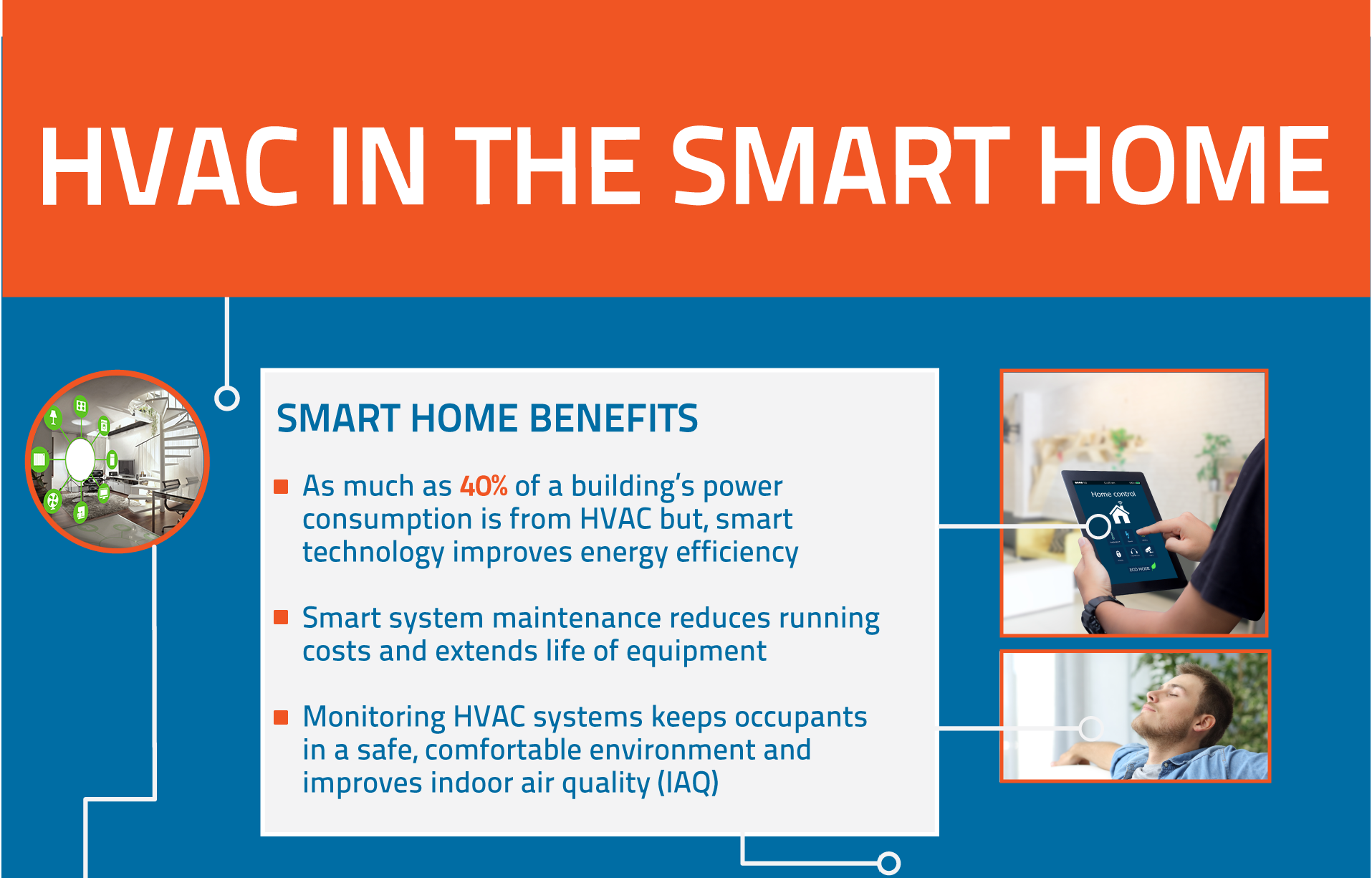Understand Exactly How To Make Best Use Of The Performance And Longevity Of Your Heatpump System By Sidestepping Regular Installation Risks
Understand Exactly How To Make Best Use Of The Performance And Longevity Of Your Heatpump System By Sidestepping Regular Installation Risks
Blog Article
Article Created By-Harper McFarland
When setting up a heatpump, you have to avoid typical errors that could jeopardize its performance. Forgeting proper sizing might lead to ineffectiveness and higher energy prices. Neglecting insulation and sealing can cause power wastefulness and strain on the device. In addition, placing the exterior device inaccurately may impact its efficiency. By staying clear of these errors, you can make certain optimum functioning and durability of your heat pump system.
Improper Sizing of Heatpump
When it concerns the installment of heat pumps, one of the most usual errors is incorrectly sizing the system for your room. Ensuring the best dimension is essential for optimum efficiency. If the heat pump is also tiny, it will certainly have a hard time to warmth or cool your area efficiently, resulting in increased power expenses and potential deterioration on the device.
On the other hand, if the heat pump is also huge, it will cycle on and off regularly, causing temperature variations and decreasing its life-span.
To prevent this blunder, it's vital to have an expert examine your area and suggest the suitable size of the heat pump based on variables like square footage, insulation, ceiling height, and neighborhood environment. By spending the moment and initiative to make certain the right sizing, you can take pleasure in a comfortable environment while making best use of energy performance and prolonging the life expectancy of your heatpump.
Inadequate Insulation and Sealing
To make certain the efficient operation of your heatpump, it's critical to address inadequate insulation and securing in your room. Correct insulation aids maintain a regular temperature inside, minimizing the workload on your heat pump. Insufficient insulation can result in power loss, making your heatpump work harder and less effectively.
Sealing any voids or leakages in your area is equally vital. These gaps allow conditioned air to escape and outdoor air to leak in, compeling your heat pump to make up for the temperature level changes.
Inaccurate Placement of Outdoor Device
Addressing the placement of your heat pump's outside device is crucial to enhancing its performance. Installing the outside unit in an inaccurate place can lead to performance issues and prospective damages to the device.
One common error to prevent is placing the exterior device also near to a wall or various other structures. https://facilityexecutive.com/2020/09/importance-of-maintaining-drain-waste-and-vent-systems-in-buildings/ can restrict air flow, triggering the device to work tougher to warmth or cool your space, inevitably minimizing its efficiency and life-span.
Another mistake to avoid is putting the outdoor system in straight sunlight. While some sunshine is inevitable, excessive exposure can bring about getting too hot, especially during warm summer days. It's best to place the outside device in a shaded area to aid keep its optimum operating temperature.
Moreover, ensure that the outside device is put on a steady and degree surface area. Uneven ground can create resonances and unneeded strain on the unit, affecting its performance gradually.
Verdict
In conclusion, preventing common blunders during heatpump installment is necessary for making best use of performance and durability of your system. By ensuring https://costtoaddairconditioningt44444.blogdosaga.com/30418352/discover-the-vital-approaches-to-enhance-the-performance-and-life-expectancy-of-your-heatpump-system-by-staying-clear-of-common-installment-errors sizing, sufficient insulation, sealing, and right positioning of the outdoor unit, you can protect against issues such as inadequacies, enhanced power costs, and stress on the unit. Taking the time to address these vital aspects will ultimately save you time and money in the long run.
